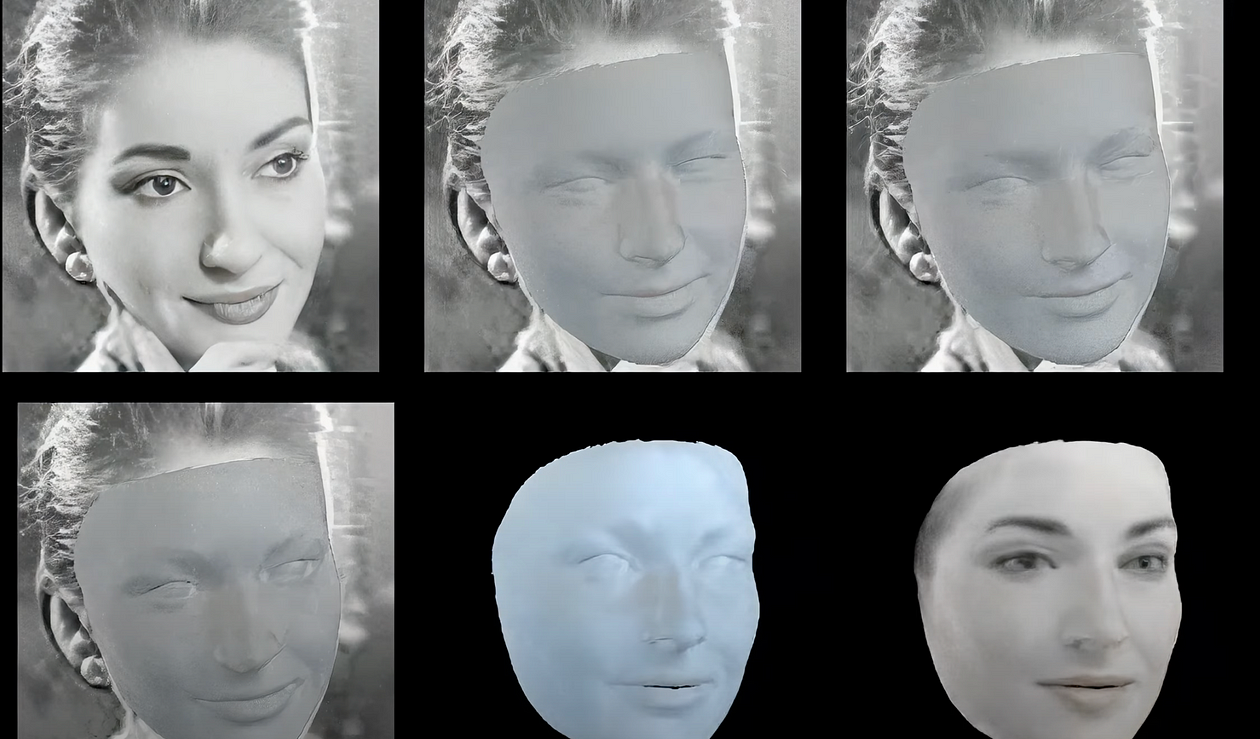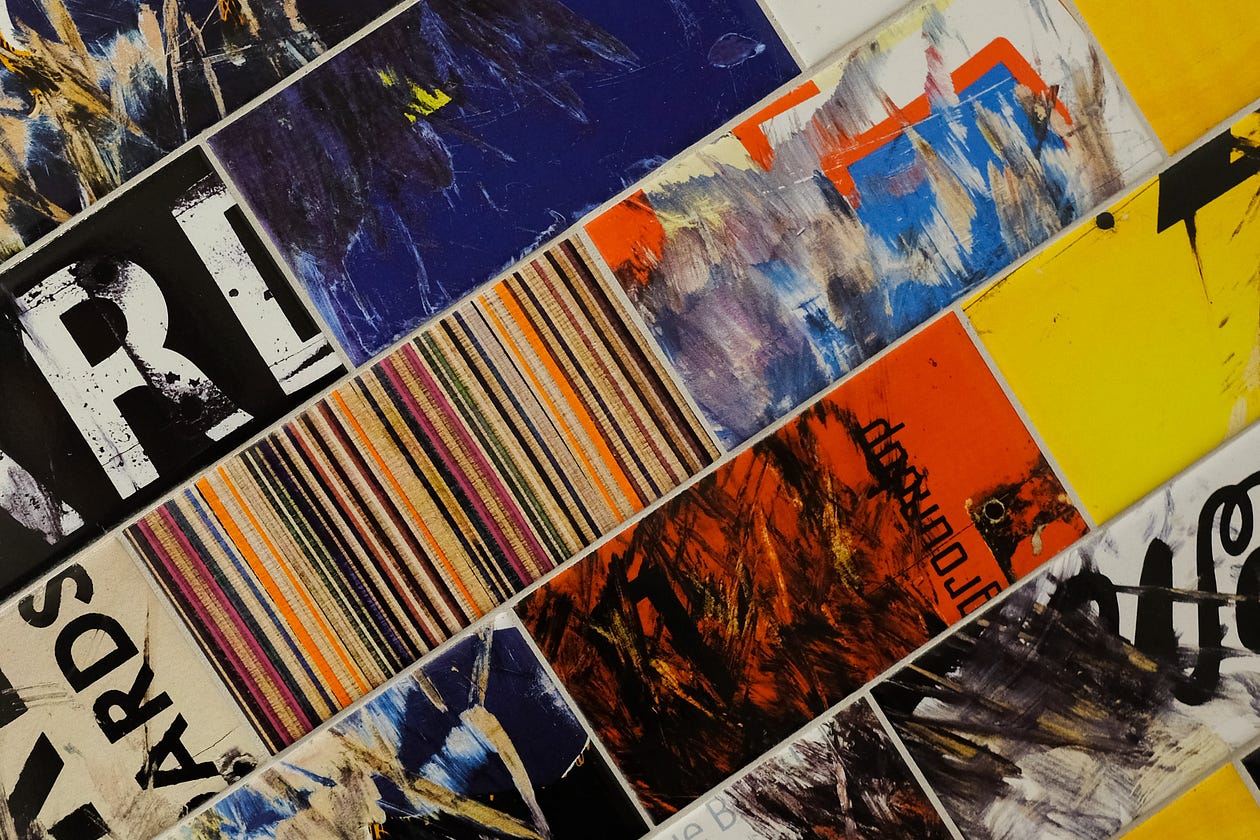
Technology changes but the human need for connection remains constant.
I am a Generation X digital immigrant and much of my family archive dates pre-digital and is modest in size in comparison to a digital archive. Generation X will soon be the last generation to remember a pre-digital universe. Our archives represent half a life documented by tangible memory objects and half a life created online by digital devices. For digital natives, the experience and value they put on non-physical images and messages shared on social networks like Facebook or in email exchanges are just as important.
In the 1850s portraits of loved ones were decorated within pendants, broaches, watches, and mirror cases as objects of remembrance and mourning. In Forget Me Not: Photography and Remembrance, Geoffrey Batchen delves into the art of Victorian keepsakes and the power of photography.
“A photograph makes us conscious of time’s passing, and ultimately death, but the locket makes us dream of the possibility of everlasting life.”
My mother’s gold locket was engraved with a Swan and within it lay a photograph of myself and my sister. In her room, there are photographs of my family that is dispersed in shoe boxes and plastic bags, some of which I have reprinted and enlarged for display in various rooms around the house. There are bin bags of things and family furniture, a suitcase that reminds me of my father’s travels, and fine lace tablecloths that were passed down to my mother and only ever came out on special occasions. There are photographs of me as a baby in Los Angeles and subsequent birthdays and holidays in North West England, family weddings, births, and Christmas celebrations. These images are treasured possessions and have been scrutinized and shared many times in photo albums or picture frames. The narrative that accompanies each image is fond remembrances that reflect the happier times in our lives.
In western culture, memories are possessions to keep and save and are associated with individual agency. We are responsible for and in control of our memories and we attach them to material objects that are displayed or hidden away or live virtually in our minds. Memory objects spark intergenerational narratives and photographs represent the embodiment of the memory and the person. Photographs are embellished, shrines are created around the photography of the deceased, places of rest are visited, and familiar objects are passed on through future generations as objects of remembrance and familiar identity.
During the last months of my mother’s life, I was obsessed with capturing her essence by any technological means I had at my disposal. The clunky DSLR was awkward to operate with one hand when I needed my other hand to support my mother. She was often irritated by the heavy piece of metal thrust in front of her while my face was hidden from view and tried to slap it from my grasp on more than one occasion. For practical reasons I used a smartphone camera connected to a mini tripod that could be grabbed for all kinds of situations when I was caring for her. Using a smartphone allowed me to show my face and interact with my mother, take a picture, and show it to her. I could then upload the image in real-time to a social network and share a private moment with a supportive online community.
How we interact with technology has changed since the release of the smartphone and has created a new generation of digital natives who don’t question the constant of picture taking, applications, and social media sharing. In the digital age, the smartphone is so ubiquitous that not bringing it along to capture every moment of our lives would seem like a major faux pas and we face the daunting possibility of archiving an infinite amount of data with the inevitable inability to cover everything.
Triggering Grief
My father is the son of a Northern Chinese government official and poet and an English woman from a well-to-do family from Cheshire in Northwest England. My grandparents married in the first decade of the 20th century and they traveled regularly between China, England, and the United States with their five children. My father and his siblings were born in different countries and lived apart after the Communist takeover of China in 1948. In 1966 my family emigrated to the United States and I was born in Los Angeles nine months before we returned to England. I have traveled across China and the US and have lived and worked in Los Angeles for many years.
On Christmas day I was searching for a Monopoly board in my mother’s wardrobe. Inside the bag of board games was a manilla envelope stuffed with letters and greeting cards that were addressed to an old address of mine when I was studying and working in London in the 1990s. The letters were dated from 1993 to 1995 and I had no recollection of their existence until now. My father had died suddenly not long after and the trauma of his death had changed the course of my life thereafter. I laid out the letters on the table and pinned two on a corkboard. I found one photo where my father is pictured how I remembered him in blue jeans and a blue shirt with rolled-up sleeves, his brown arms with black curls of hair, and his black widow’s peak with a golden Mallen streek. Twenty-five years after his death I was now ready to face his loss and I cried an ocean of tears for many days. After the grief was released, I felt immense love and fond memories of him came flooding back and that love turned to joy. It was an experience I will never forget and it had taken this long for me to stare grief right in the face. It was awesome.
Continuing Bonds
I am making visible what has been invisible in black bin bags or shut away in boxes in cupboards. I am scanning, editing, reprinting, and framing photographs of my parents and organizing letters and keepsakes to create a legacy. In photographs, I obsess over every detail of the faces that stare back at me and at their surroundings. The immaculate living room or the day trip. The greeting cards on the mantelpiece give clues to the year and occasion.
Grief will always be triggered, so I removed myself from the grieving process by focusing on the technical and aesthetic aspects of the archives. I scanned Kodak Instamatic photos taken in the late 1960s and early 1970s and instant prints produced from the 1970s to the 1990s, including color portraits I had produced during my photography college studies at the end of the 1980s. I edited photographs for color balance, contrast, and dust removal then reversed the color correction because the edited versions had no place in my memory.
In What Photography Is, James Elkins distracts his grief by focusing on the aesthetic surface of his father’s photographic archive. He observes:
“…most of the work was not about seeing or memory. It was about not seeing: I registered the technical requirements of each image, and I focused on filters, resolution, grayscale curves, and color balance more than faces and places from the past. By optimizing each image, and training my eye to scan for technical issues rather than emotional ones…” p 214.
Freud saw grief as a linear process we go through to reach the other side or an endpoint. Grief doesn’t end, it returns in waves triggered by virtual memories or memory objects. The Five Stages of Grief developed by psychiatrist, Elizabeth Kubler-Ross, has argued for half a century that grief goes through a set of stages. In western culture, bereavement psychologists practice a continuing bonds approach that recognizes our connection with our past loved ones and that they live on through us with their memories, values, their personality, and characteristics. Emotionally and psychologically they remain part of who we are. We continue that bond with the dead and keep them present in our minds, on our walls, and in our conversations.
Digital Immortality
My intention at the start of my Ph.D. research was to create a 21st-century self-portrait that reflected both the technological advances in picture taking and questioned the role of photography in identity-making. With the emergence of artificial intelligence in the genealogy of portraiture, my research will argue that the photographic portraits’ 150-year reign as identity referent is over and will be replaced by an interactive multimedia AI autobiography.
Photographic portraiture and its replacement by AI technology must create more of an exact copy of the original to form any emotional connection. Focusing only on technological innovation in image-making doesn’t address our desire to connect to the representation of the real. One-way communication is used in online memorials such as Facebook legacy memorial pages and grief bots that use machine learning to enable us to “chat” with our dead and help in the grieving process. Science fiction stories of sophisticated two-way interaction will soon be reality and they will replace the photograph.
We are no more equipped to deal with grief after bereavement than any of our ancestors and our greatest flaw drives technology to find ways to represent who we are and how we interact with our dead. Academics writing before 2001 were fearful of the social, moral, and religious implications proposed by digital immortality and that issues surrounding grief and bereavement are an afterthought for technology designers. Similar to the doubters of the emergence of photography in the 19th century, they are consigned to history in a pre-smartphone social media world and are caught up in the how and not the why. Why is the digital afterlife of a person any different than the afterlife of an embellished photograph or keepsake from the 1850s? Technology has changed but our desire to hold on to our lost loved ones remains as strong as ever.
American-Brit Ginger Liu is the CEO/Founder of Ginger Media & Entertainment and a Ph.D. student in photography and artificial intelligence. She is a journalist and author, photographer, and filmmaker.







